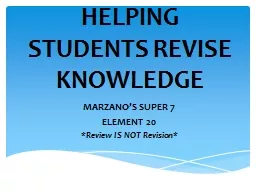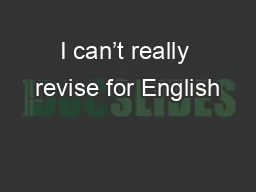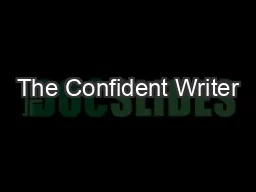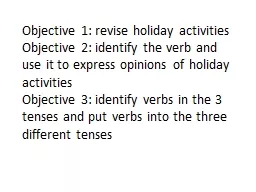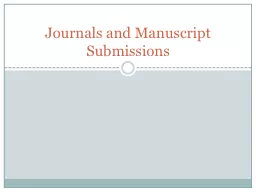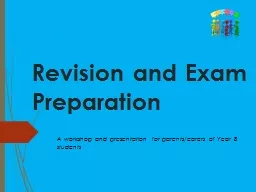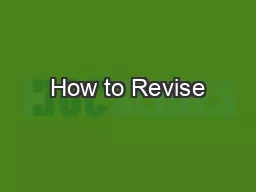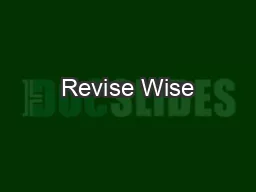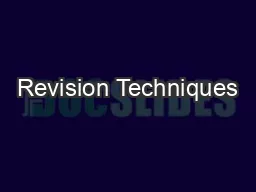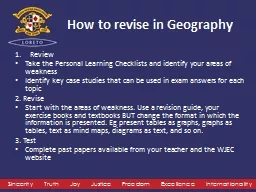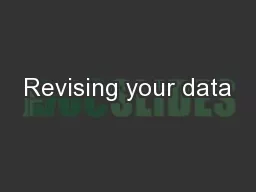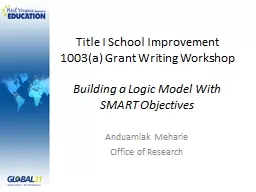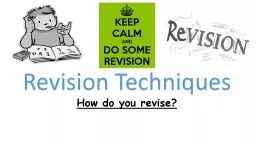PPT-HELPING STUDENTS REVISE KNOWLEDGE
Author : celsa-spraggs | Published Date : 2018-03-12
MARZANOS SUPER 7 ELEMENT 20 Review IS NOT Revision Revising knowledge to help students examine their own deeper understanding of critical content and essential learning
Presentation Embed Code
Download Presentation
Download Presentation The PPT/PDF document "HELPING STUDENTS REVISE KNOWLEDGE" is the property of its rightful owner. Permission is granted to download and print the materials on this website for personal, non-commercial use only, and to display it on your personal computer provided you do not modify the materials and that you retain all copyright notices contained in the materials. By downloading content from our website, you accept the terms of this agreement.
HELPING STUDENTS REVISE KNOWLEDGE: Transcript
Download Rules Of Document
"HELPING STUDENTS REVISE KNOWLEDGE"The content belongs to its owner. You may download and print it for personal use, without modification, and keep all copyright notices. By downloading, you agree to these terms.
Related Documents

